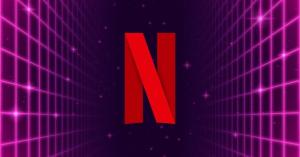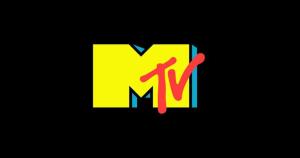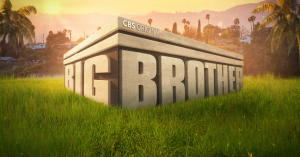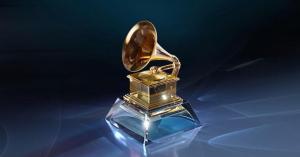As civil rights protests, now in their third week, continue across the U.S., the movement has caused some serious reexamination over the logos and mascots of well-known brands — particularly those that can trace their roots directly back to their racist origins. The first of which was Aunt Jemima, a breakfast line owned by Quaker Foods.
“We recognize Aunt Jemima’s origins are based on a racial stereotype,” Quaker Foods North America vice president and CMO Kristin Kroepfl issued a press release Wednesday on the decision. “As we work to make progress toward racial equality through several initiatives, we also must take a hard look at our portfolio of brands and ensure they reflect our values and meet our consumers’ expectations.”
Videos by PopCulture.com
Following the decision by Quaker Foods to rebrand entirely, and the response online, other companies have begun to follow suit amid growing calls for equality among protesters and advocates alike. While there are a number of companies that are still holding on to their potentially problematic and outdated mascots, Business Insider took a look at some examples of companies and universities that have made similar changes in recent (and not-so-recent) history.
Aunt Jemima

The character of Aunt Jemima has been around since 1890 and was widely regarded to be based on the “mammy” character from minstrel shows of the late 1800s. A racist institution in their own right, minstrel shows commonly involved performers in blackface, while the mammy was most often a jovial black caretaker to a white family. The character is expected to be phased out by fall.
Uncle Ben

Following Aunt Jemima’s lead, Uncle Ben’s parent company Mars. Inc. acknowledged in a statement that they “have a responsibility to take a stand in helping to put an end to racial bias and injustices.” The changes are expected to come sometime in 2020, after 77 years on the market.
Mrs. Butterworth’s

While the eponymous mascot for Mrs. Butterworth’s wasn’t explicitly rooted in stereotype and was modeled after a generic grandmother, Conagra foods announced to USA Today on Wednesday that they “stand in solidarity with our Black and Brown communities and we can see that our packaging may be interpreted in a way that is wholly inconsistent with our values.”
Frito Bandito
Frito’s original mascot, Frito Bandito, played off the Mexican bandito stereotype (hence the name), who spoke in broken English and robbed the unsuspecting. The Mexican American Anti-Defamation Committee spoke out against the character.
At first, the company cleaned up the character’s look, which didn’t quite cut it. The character was retired in 1971, just four years after his introduction. It was replaced by the much less controversial band of cowboys, the Muncha Bunch.
Land O’Lakes Butter

Prior to the ongoing protests, Land O’Lakes changed the packaging for its consumer products, removing the cartoon image of a Native American woman with a feather in her hair. The change came ahead of the company’s 100th anniversary, although the rest of the package remains the same.
Sambo’s

One of the more egregious examples, Sambo’s burger chain was launched in 1957. However, owners Sam Battistone and Newell Bohnett insisted the name had nothing to do with a then-popular children’s book, The Story of Little Black Sambo, despite them basing the decor on it. At its peak, the restaurant boasted 1,200 locations in 47 states, though it went bankrupt following ongoing backlash over the name in 1981.
Funny Face
Pillsbury’s attempt to carve out a corner of the children’s beverage market led to the creation Funny Face in 1964. An attempt to compete with the Kool-Aid man, the flavors, and their accompanying mascots, bore names like Injun Orange and Chinese Cherry. The following year they swapped out its original varieties for Jolly Olly Orange and Choo Choo Cherry.
Crazy Horse Malt Liquor

The Stroh Brewery not only capitalized on Crazy Horse’s name, but they also created a line of malt liquor relying heavily on the stereotype that Native Americans are heavy drinkers back in 1992. There was obvious backlash from both the estate of Crazy Horse as well as the Rosebud Sioux Tribe and in 2001, the company apologized in a ceremony on the Rosebud Reservation. The brand is still on the market but is known by the name Crazy Stallion.
Big Chief Bill Orange

The original mascot of Syracuse University was Big Chief Bill Orange, the Saltine Warrior. A statue was erected on the campus in 1951, which still stands. However, in 1978 students in indigenous organizations protested the use of this mascot. It was retired along, with the costume, that same year.
Chief Blackjack

St. Johns University, based in Queens, New York, started calling its sports teams the Redmen in the early 1920s. By 1928, it had adopted the Chief Blackjack mascot in 1928 after two students found a statue of him outside a cigar store. The logo was phased out by 1987 and the name followed in 1994, following pressure from Indigenous groups. They’re now known as the Red Storms.








